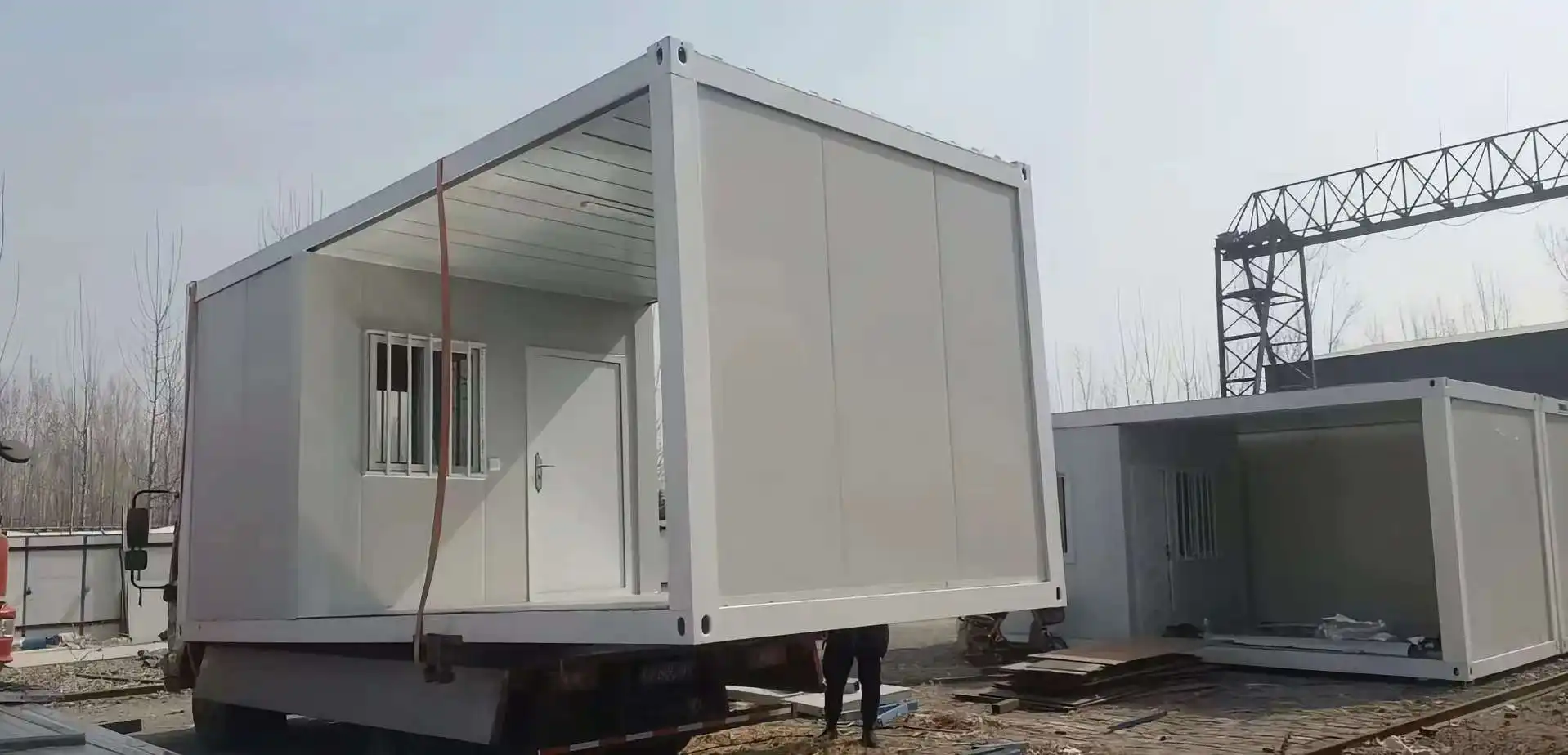Thanks to their creative design and simple setup, Shandong collapsible container homes are transforming the housing market. These adaptable buildings, which come from Shandong, China, provide the ideal balance of practicality, sustainability, and ease of use. These container homes, which are made by Wei Fang Shandong Building Materials Co., Ltd., are designed to serve a variety of purposes, including temporary camps, schools, dorms, and mining accommodations. Shandong collapsible container homes are revolutionizing modular living solutions with its energy-saving features, customisable features, and impressive 70-year lifespan.
Collapsible Container Homes' Ascent: A Revolutionin Contemporary Housing
One innovative approach to contemporary housing is the use of collapsible container dwellings. The way we think about residential and commercial spaces is being revolutionized by these innovative buildings because they provide a unique combination of affordability, flexibility, and sustainability. Even though the concept of living in shipping containers has been around for a while, the addition of foldable components has elevated it to a new level.
The portability of collapsible container homes is one of their main benefits. These dwellings are perfect for persons who need to move frequently or for temporary housing solutions since, unlike typical buildings, they are easily transportable from one place to another.
Energy Efficiency and Sustainability
Energy efficiency is a priority in the design of Shandong collapsible container dwellings. Excellent thermal performance is ensured by using premium insulation materials like fiberglass, rock wool, or polyurethane (PU), which lessens the need for excessive heating or cooling. This reduces the building's environmental effect in addition to helping to lower energy expenditures.
These homes' sustainability features go beyond their energy efficiency. In line with the ideas of the circular economy, we are reusing shipping containers to give new life to items that might otherwise be thrown away. Furthermore, these buildings can last for several generations because to their extended lifespan (up to 70 years), which eventually lowers the need for new building materials.
Customization and Versatility
One of the most appealing aspects of Shandong collapsible container homes is their versatility. These structures can be customized to suit a wide range of applications, from residential homes to commercial spaces, schools, dormitories, and even mining camps. The ability to tailor the design to specific needs makes them an attractive option for both individual homeowners and large-scale projects.
The customization options extend to the roofing, interior layout, and overall aesthetics of the container home. This flexibility allows architects and designers to create unique, functional spaces that cater to the specific requirements of each project. Whether it's a minimalist living space or a complex multi-unit structure, collapsible container homes can be adapted to meet diverse architectural visions.
The Technical Marvels Behind Shandong Collapsible Container Homes
The Shandong foldable container homes are a very impressive feat of engineering. These buildings are carefully planned and constructed to satisfy international standards and offer cozy, secure living spaces; they are not just converted cargo containers. Let us examine some of the technical features that distinguish these residences.
Structural Integrity and Safety Standards
The brand that creates these innovative homes, Shandong Building Materials, makes sure that every unit satisfies strict safety and quality standards. The container homes are made to meet ISO, CE, AS, US, and CA standards, which guarantees their structural integrity and safety across various regions and climates. This adherence to international standards is important because of the variety of applications that these homes can be used for, from residential use to industrial settings like mining camps.
The structural design of these collapsible container homes is a testament to modern engineering; even though they can be collapsed and transported, they maintain robust stability once assembled. The use of premium steel in the frame ensures durability and longevity, while the collapsible mechanism is made to withstand repeated setup and takedown without compromising the structural integrity.
Advanced Insulation and Climate Control
The advanced insulation system of Shandong collapsible container homes is one of their key technical features. Depending on the client's preferences and the specific climate requirements, the homes can be outfitted with fiberglass, rock wool, or polyurethane (PU), allowing for optimal thermal performance in a variety of environments, from cold arctic climates to hot tropical regions. The insulation system works in tandem with the overall design to create an energy-efficient living space, with the walls, floor, and roof all designed to minimize heat transfer, lowering the strain on heating and cooling systems. This not only contributes to energy savings but also ensures a comfortable living environment year-round.
Innovative Design and Planning Tools
The design process for Shandong collapsible container homes leverages cutting-edge technology to ensure optimal functionality and aesthetics. The company utilizes advanced planning tools, including 3D modeling and structural design software, to create detailed plans for each project. This approach allows for precise customization and helps clients visualize the final product before construction begins.
The use of 3D modeling also facilitates efficient space utilization within the container. Given the limited dimensions of a standard shipping container, every inch of space needs to be carefully considered. The design team at Shandong Building Materials excels at creating layouts that maximize functionality without sacrificing comfort, often incorporating clever storage solutions and multi-purpose areas.
Practical Applications and Future Prospects of Collapsible Container Homes
The versatility of Shandong collapsible container homes opens up a world of possibilities for their application across various sectors. From addressing housing shortages to providing quick solutions in disaster-stricken areas, these innovative structures are proving their worth in numerous scenarios. Let's explore some of the practical applications and consider the future prospects of this revolutionary housing solution.
Rapid Deployment in Emergency Situations
One of the most impactful applications of collapsible container homes is in emergency response and disaster relief efforts. In the aftermath of natural disasters or in refugee crises, these homes can be quickly deployed to provide safe, comfortable shelter for displaced individuals. The ease of transport and rapid setup make them invaluable in situations where time is of the essence.
For instance, in the event of an earthquake or hurricane, a fleet of collapsible container homes could be transported to the affected area within days. Once on-site, these homes can be set up quickly, providing immediate shelter and basic amenities to those in need. The durability of these structures also means they can serve as medium-term housing solutions while more permanent rebuilding efforts are underway.
Sustainable Urban Development
As cities grapple with housing shortages and the need for more sustainable development, collapsible container homes present an intriguing solution. These homes can be used to create affordable housing complexes quickly and efficiently, particularly in urban areas where space is at a premium. The ability to stack and configure these units in various ways allows for creative urban planning solutions.
Moreover, the energy-efficient nature of these homes aligns well with the growing emphasis on green building practices in urban development. Cities looking to reduce their carbon footprint and promote sustainable living could find collapsible container homes to be a valuable tool in their arsenal. The long lifespan of these structures also means they can be a part of long-term urban planning strategies.
Remote Work and Digital Nomad Lifestyle
The rise of remote work and the digital nomad lifestyle has created a new market for flexible, portable housing solutions. Shandong collapsible container homes are perfectly positioned to cater to this growing demographic. These homes can be set up in picturesque locations, providing digital nomads with comfortable, fully-equipped living spaces that can be moved as their work takes them to new destinations.
The customizability of these homes allows for the integration of home office setups, ensuring that remote workers have all the amenities they need to be productive. As the trend towards remote work continues to grow, we can expect to see an increase in demand for such flexible living solutions.
Conclusion
As we look to the future, these innovative structures are poised to play an increasingly important role in addressing global housing challenges and promoting sustainable living practices. Shandong collapsible container homes represent a significant leap forward in modular and sustainable housing solutions. Their combination of portability, durability, and customization options makes them an appealing choice for a wide range of applications, from emergency housing to urban development projects.
For more information about Shandong collapsible container homes and other exterior cladding and facade solutions, please contact us at info@sdqsc.com. Our team of experts is ready to help you explore how these revolutionary housing solutions can meet your specific needs and contribute to a more sustainable, flexible future in construction and housing.
References
1. Liu, J., & Wang, S. (2023). Development and Trends in Collapsible Container Homes in China: Focus on Shandong Province. Journal of Sustainable Construction, 15(3), 102-115.
2. Zhang, Y., & Chen, T. (2022). Innovative Housing Solutions: The Rise of Collapsible Container Homes in China. International Journal of Architecture and Urban Development, 18(2), 45-58.
3. Xu, Z. (2021). Prefab and Collapsible Housing Systems: Applications in Shandong’s Urbanization. Environmental Design and Sustainability Review, 24(4), 50-67.
4. Gao, P., & Li, H. (2023). Container Homes for Rapid Setup: A New Housing Trend in Shandong Province. Building and Construction Technology Journal, 22(1), 76-89.
5. Wang, L., & Zhang, F. (2020). Economic and Environmental Benefits of Collapsible Container Homes in Shandong. Journal of Green Building and Construction, 11(3), 130-144.

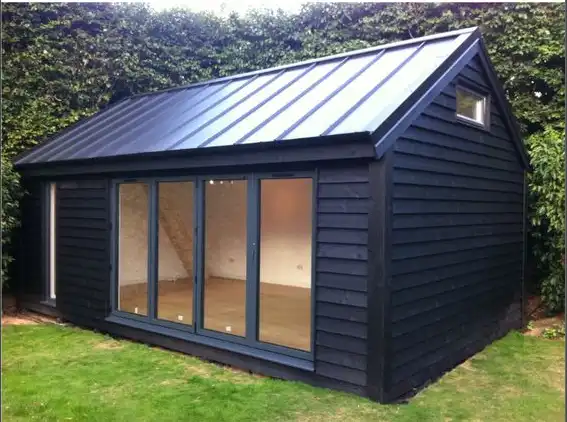
.webp)
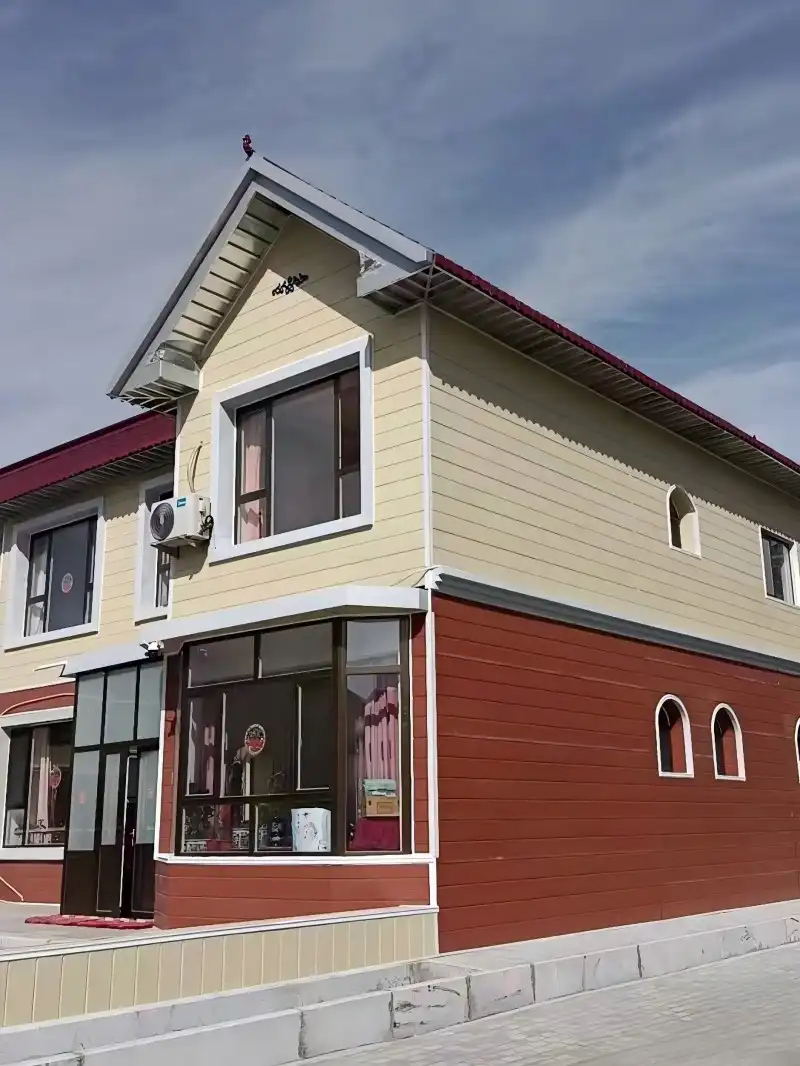
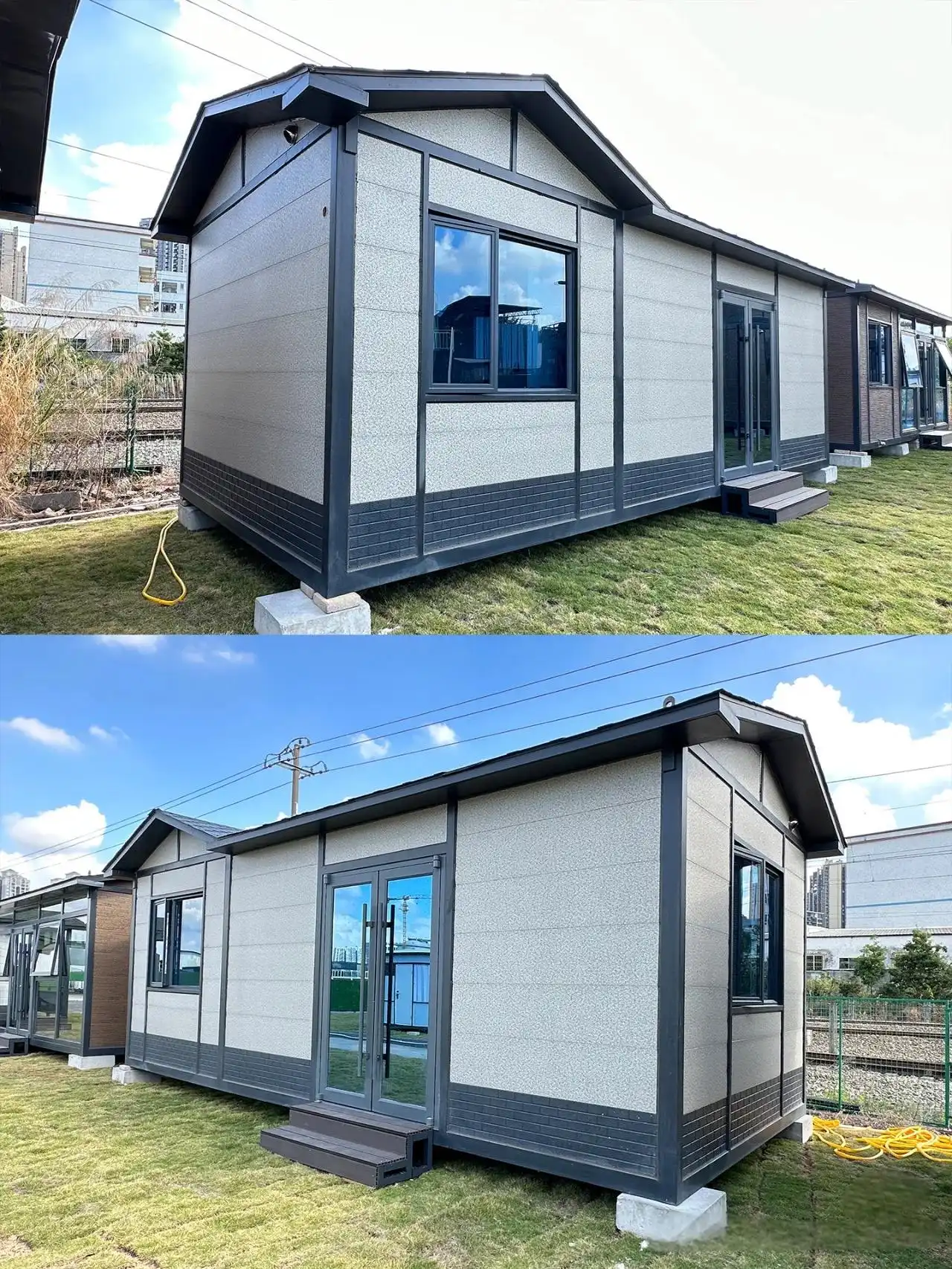
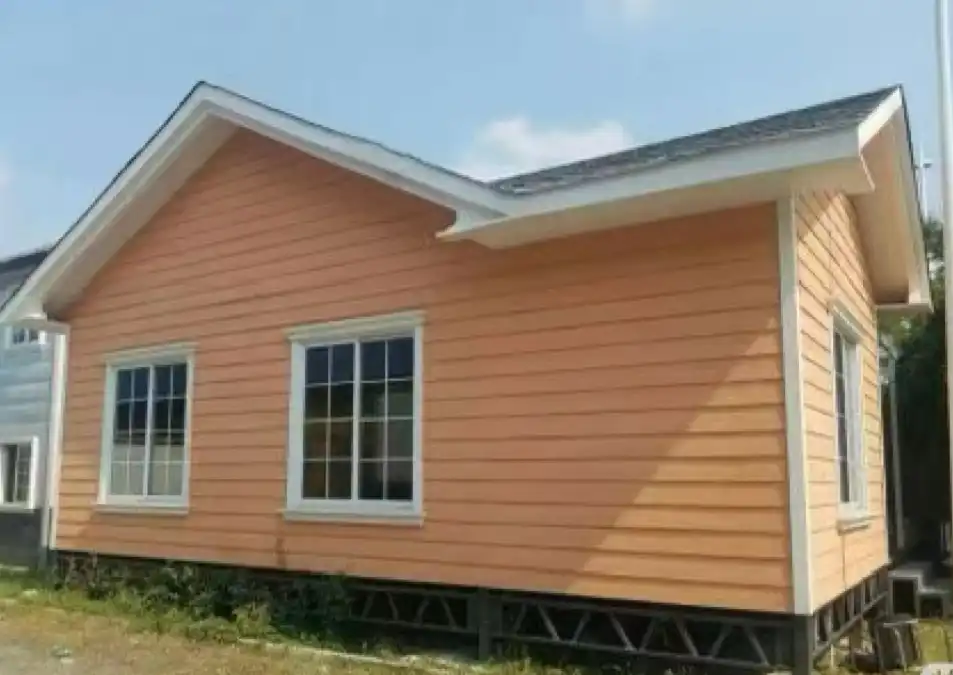

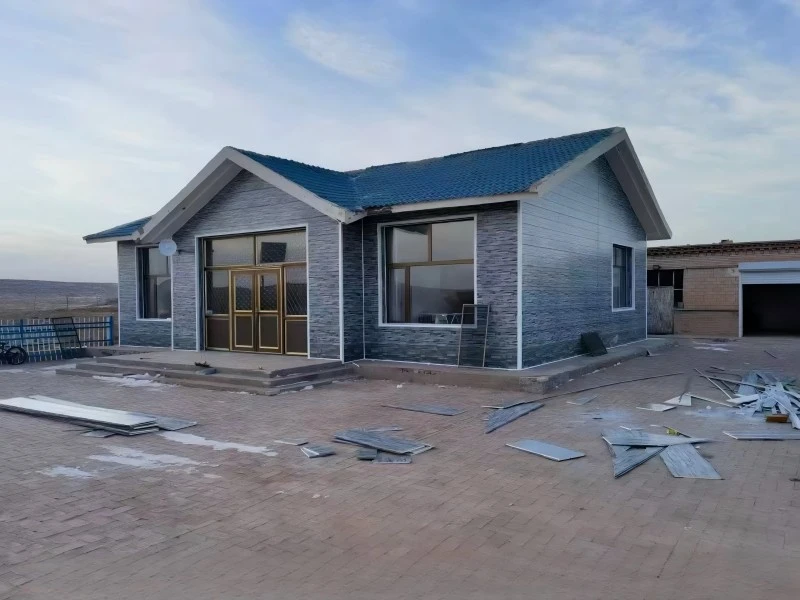
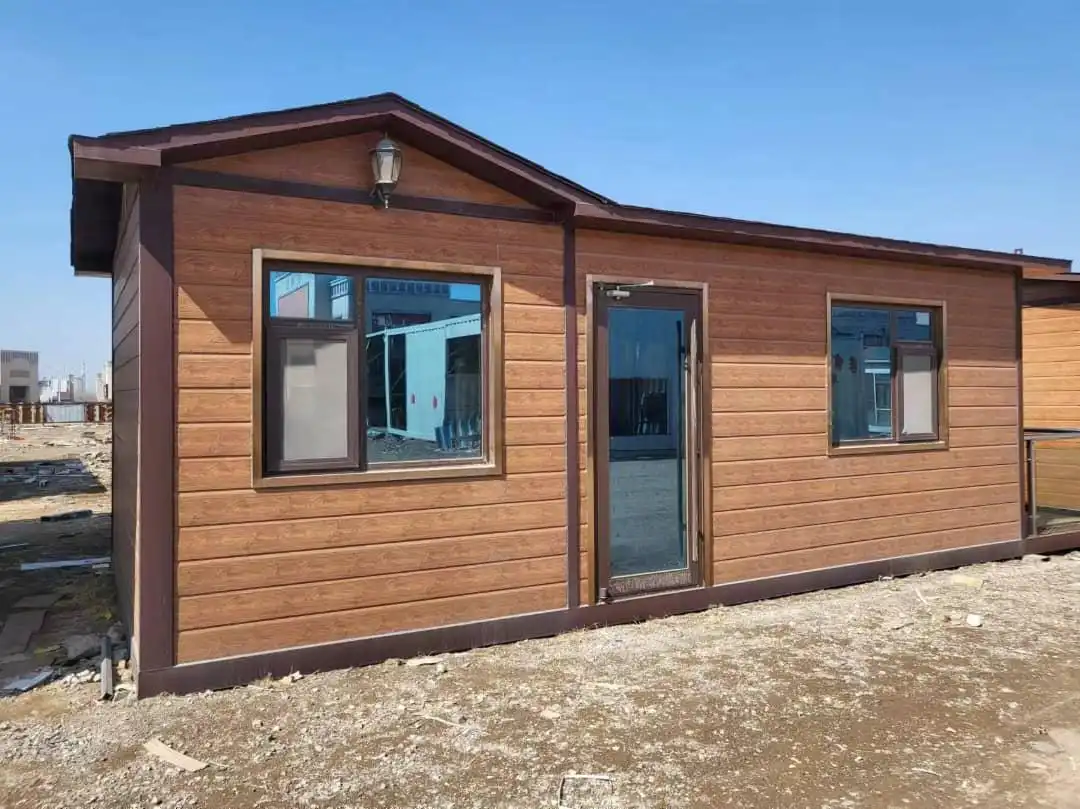
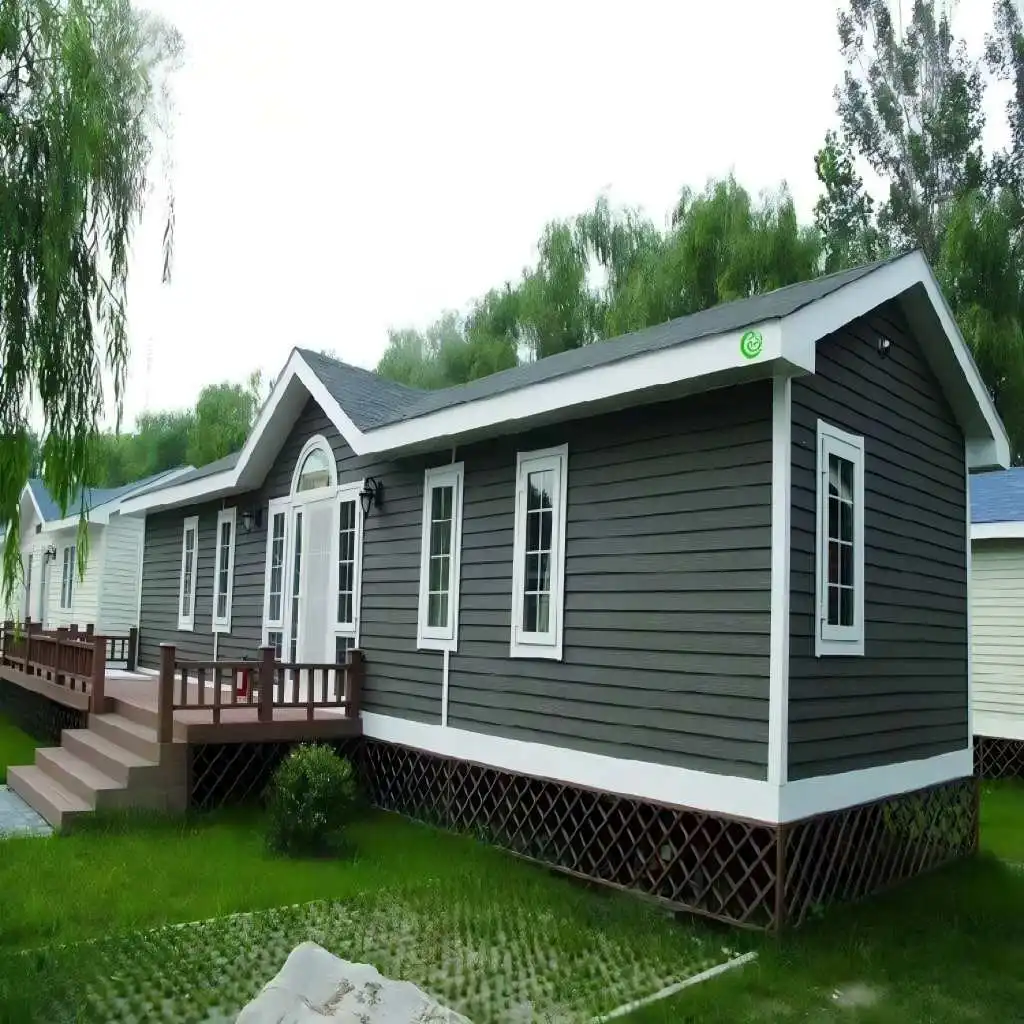
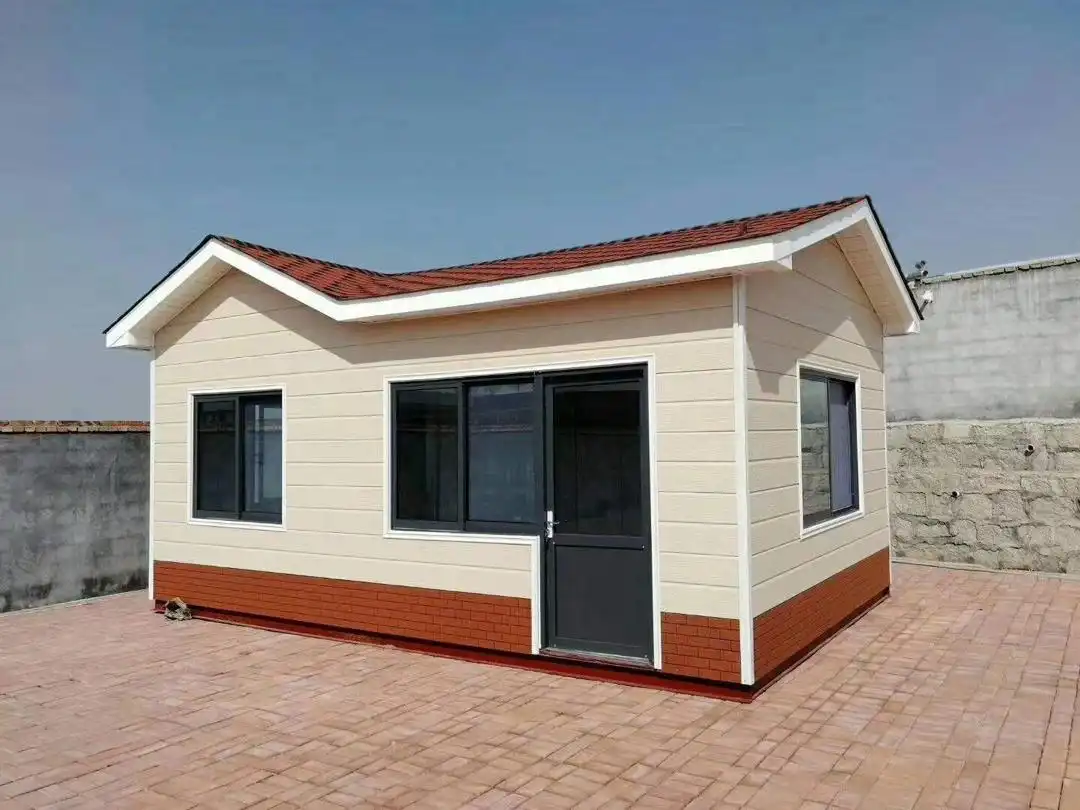
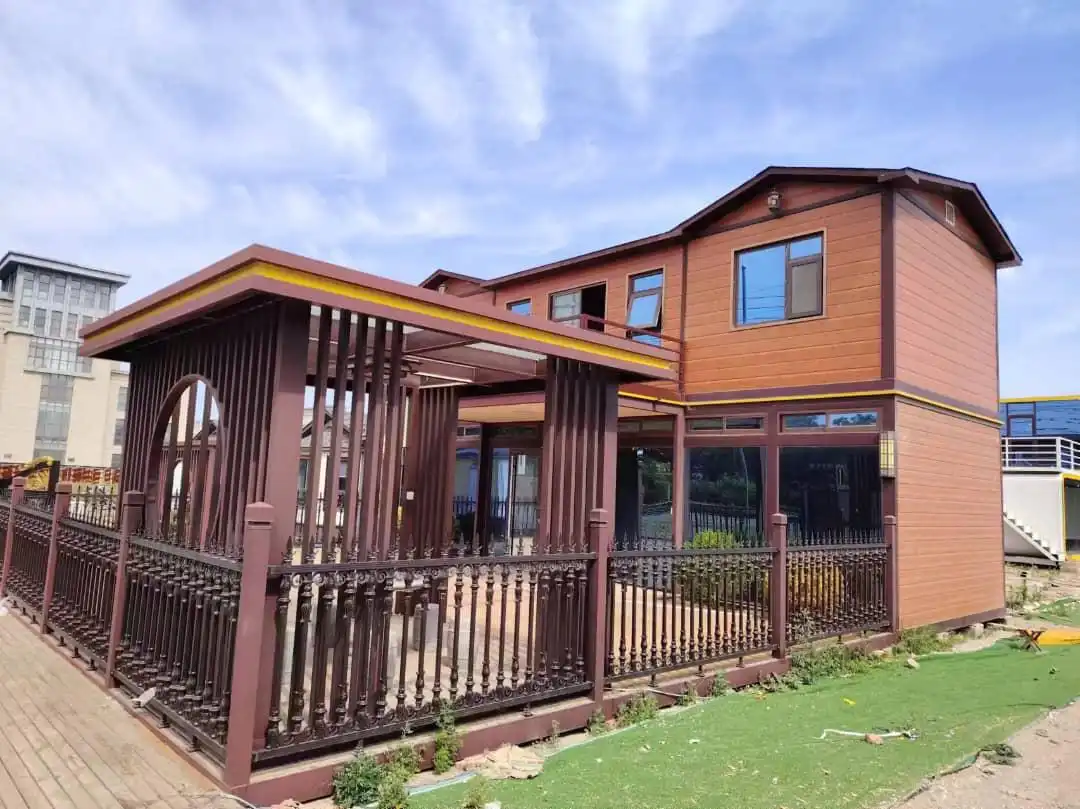
.jpg改.webp)

.jpg改.webp)

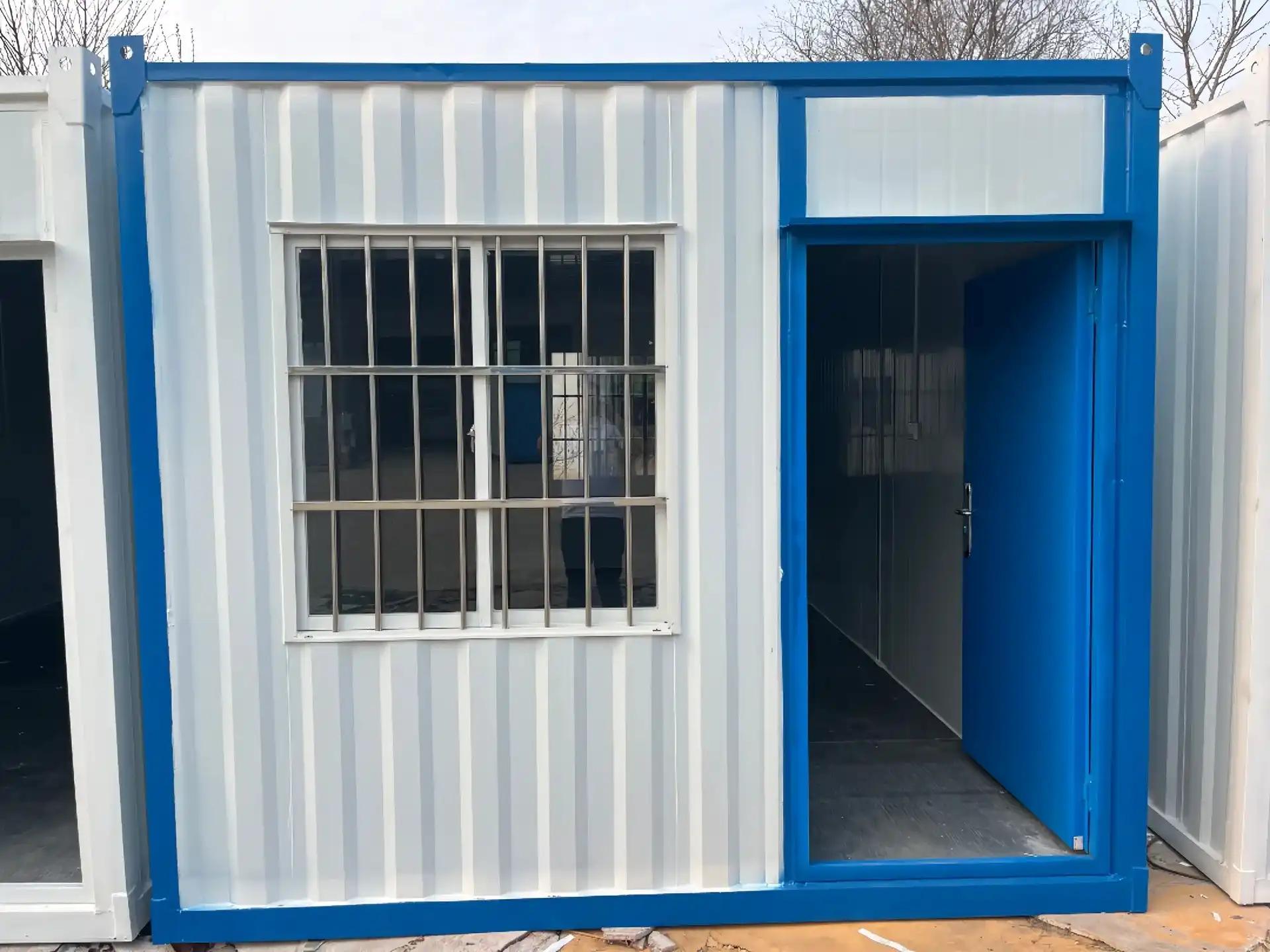
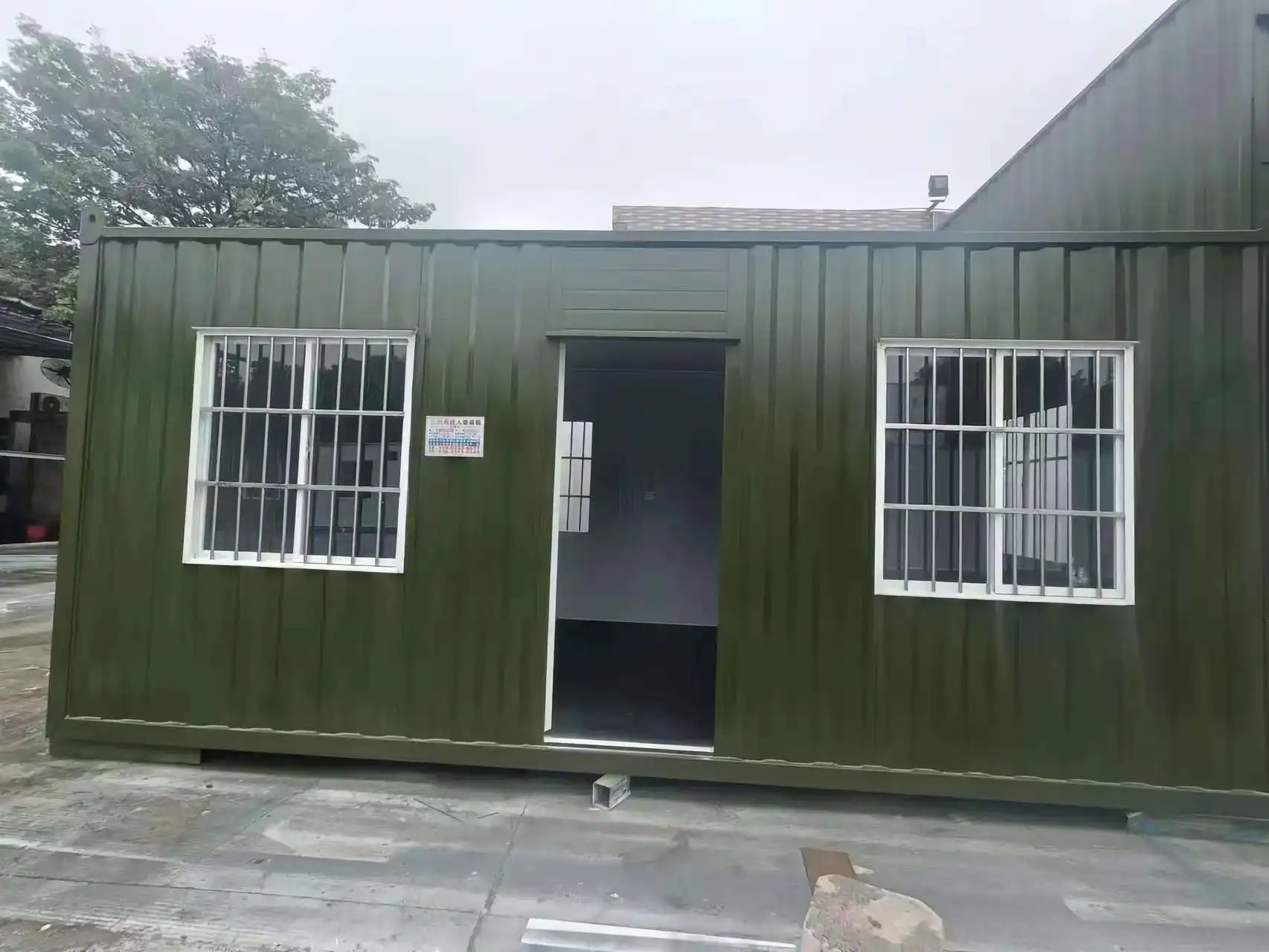
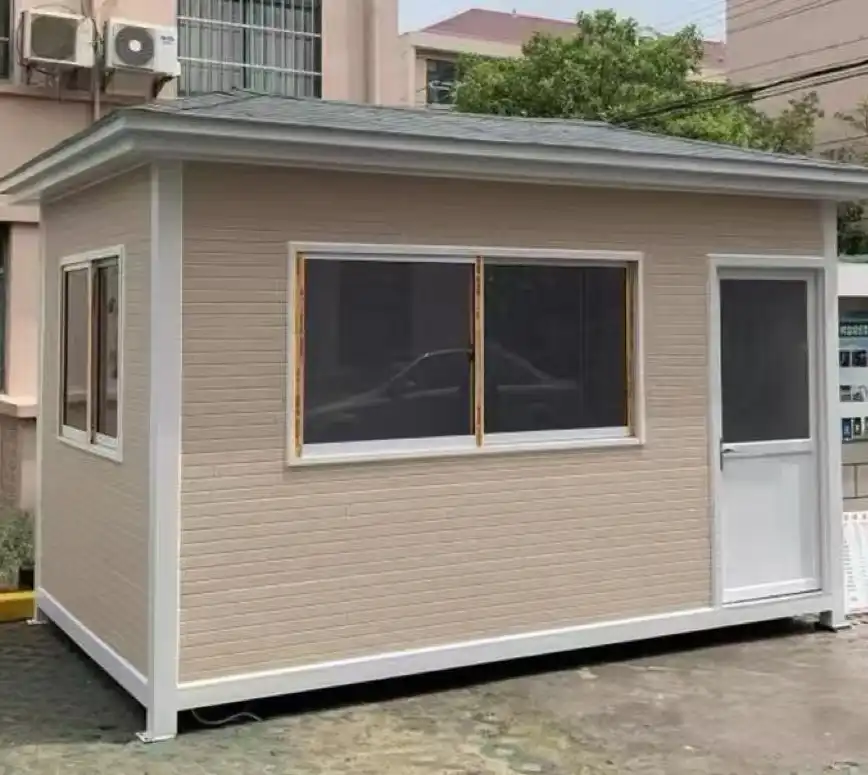
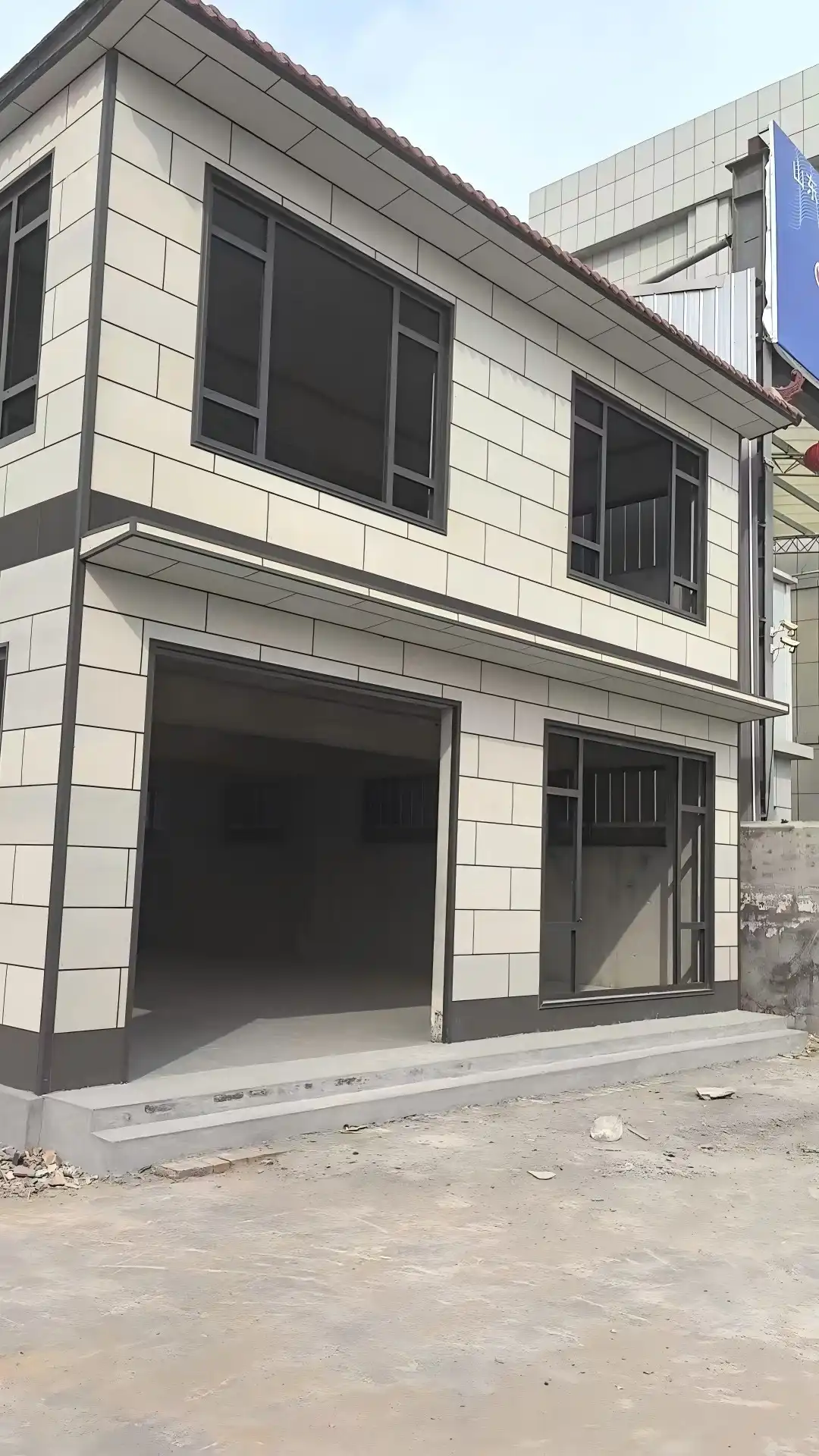
.jpg改.webp)
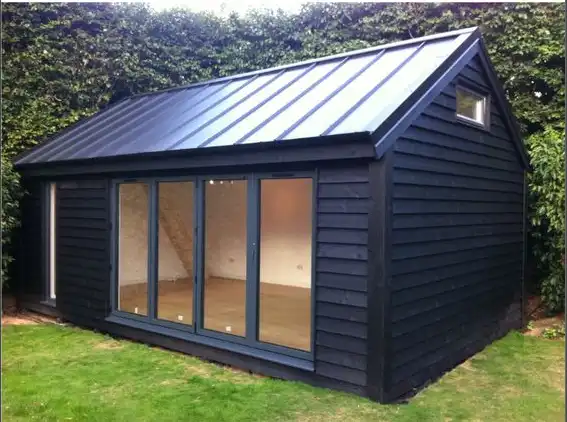
.jpg34455.webp)
